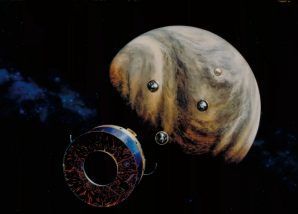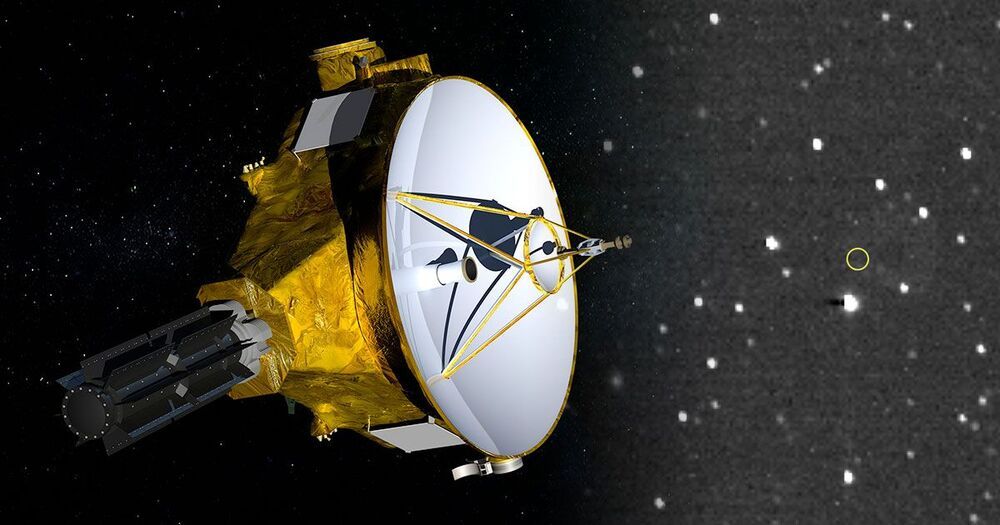Circa 2020 o.o
The NASA Perseverance Rover has a device aboard called MOXIE that will convert the air available on Mars into oxygen. The device is a test, and if the technology was used on a larger scale could produce oxygen for humans to breathe on the Red Planet and could be used for rocket fuel. NASA knows that one of the most challenging parts of putting people on Mars will be getting them off the planet and back to Earth.
Two get a crew for off Mars would require 55000 pounds of oxygen to produce thrust from 15000 pounds rocket fuel. Rather than send all of the oxygen needed from Earth to Mars, scientists want to enable the astronauts to create the rocket fuel on Mars. MOXIE is a first-generation oxygen generator meant to test technology that could create the required oxygen.
MOXIE stands for Mars Oxygen In-Situ Resource Utilization Experiment and is an experiment that is entirely separate from the Perseverance’s primary science mission. One of the main missions of Perseverance is to recover rock samples that can be returned to earth that might have signs of ancient microbial life. MOXIE is focused on the engineering required for future human exploration efforts.







